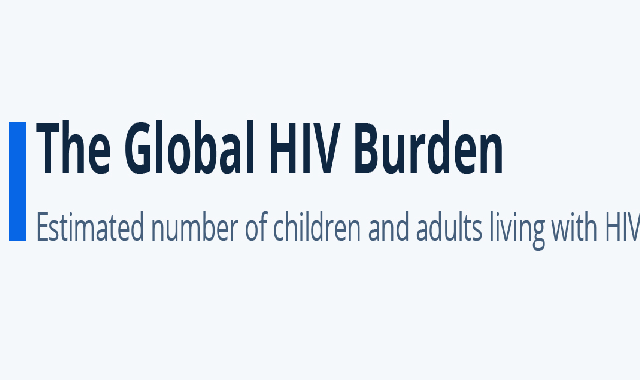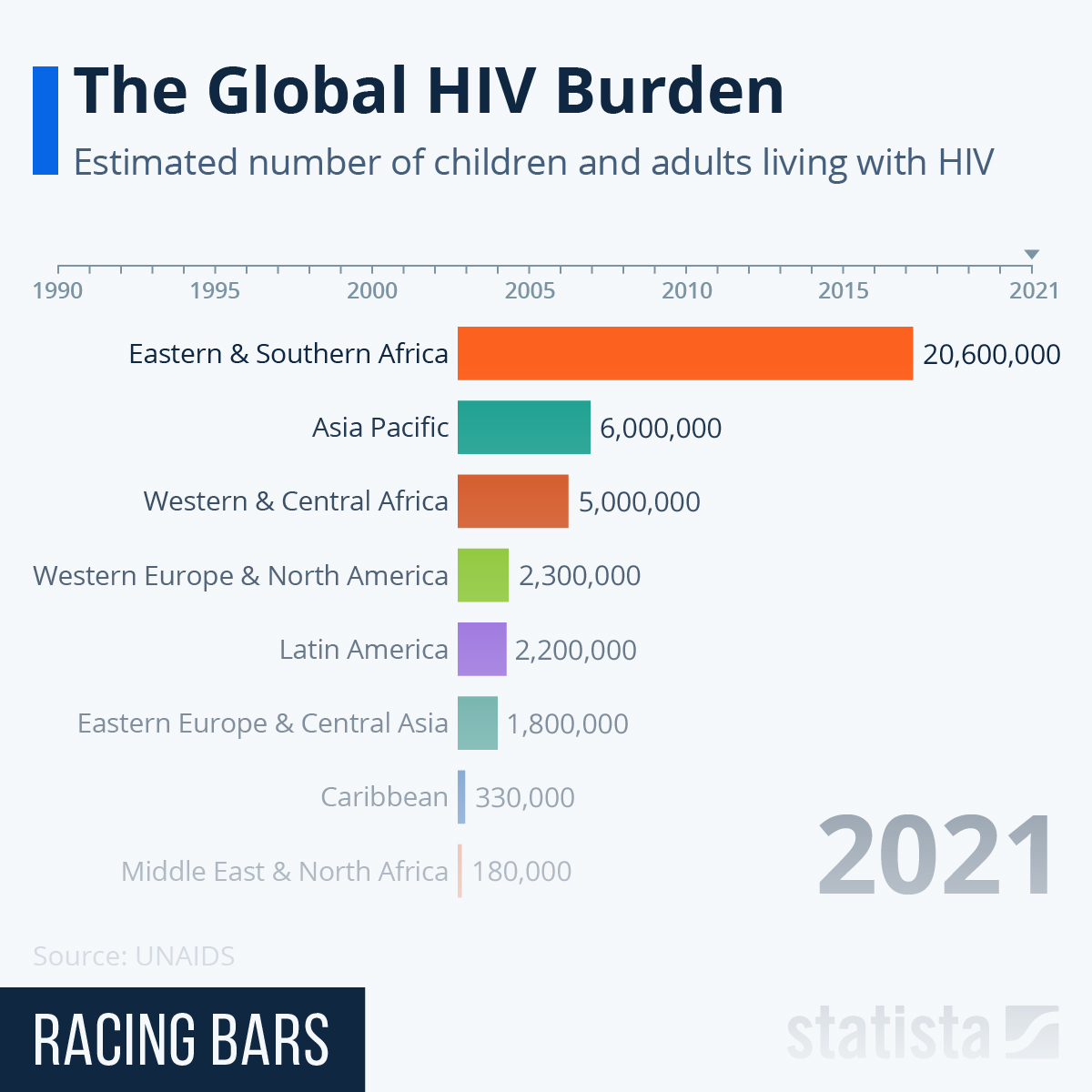World AIDS day was found in 1988 with the purpose of raising awareness for AIDS and HIV diseases, showing support to people who live with HIV and remembering those whose have died from illnesses related to AIDS. It takes place on 1st December each year, which was also the first global health day.
According to an estimate, nearly 650,000 people were killed
last year due to HIV, particularly in under developed regions of the world.
This shows that HIV is still a global health burden.
Estimates from the Joint United Nations Programme on HIV and AIDS (UNAIDS) suggest that nearly 84 million people have become infected with HIV since the start of the epidemic and 40 million have passed away from illnesses related to AIDS.
In recent years, the position of those infected with HIV has
become significantly better though, all thanks to the antiretroviral therapy,
which was accessed by 29 million people last year. According to UNAIDS, more than
38 million people were living with HIV in 2021, while 1.5 million became newly
infected with HIV.
Data from Racing Bars video shows how the figure of people
living with HIV has grown from 8 million in 1990 to more than 38 million in
2021. It also highlights the regions where HIV places the most health burden. In
2021, roughly two-thirds of all people living with HIV were located in
Sub-Saharan Africa, highlighting the unequal toll that HIV takes on the world’s
poorer regions.
Infographic by: statista


